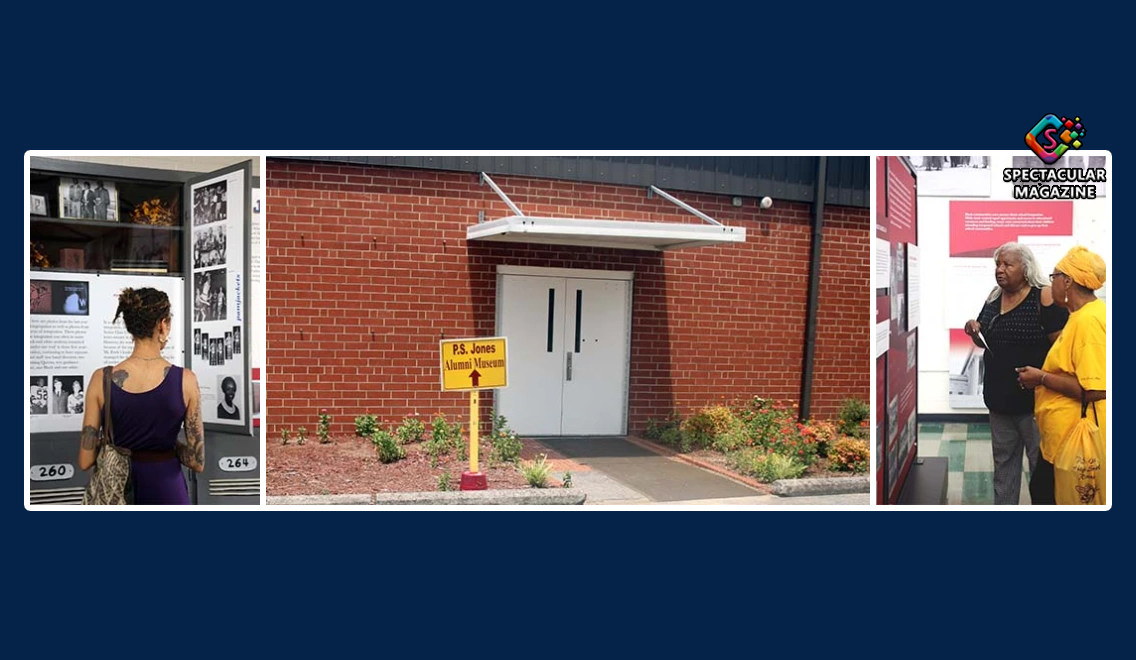P.S. Jones Museum of African-American Education Opens In Washington, North Carolina

Washington, NC – The P.S. Jones Alumni Association opened the P.S. Jones Museum of African-American Education on Saturday, July 8 with a ribbon-cutting ceremony. Located at 847 N. Pierce Street, the museum is open from 10 a.m. to 3 p.m. Thursday through Saturday, and admission is free.
The museum is named after the former P.S. Jones High School that honors Peter Simon Jones, a beloved educator and pioneer for African-American education in Washington. Jones served as principal of P.S. Jones High School from 1927-1949 when it was known as Washington Colored Public School. The school was one of about 270 historically Black high schools in North Carolina, according to the North Carolina Digital Heritage Center. It was named in honor of Jones in 1950 after his retirement the year prior. A P.S. Jones museum opened in a room at the Beaufort County Ed Tech Center on Bridge Street in 2017, which was the original site of the high school.
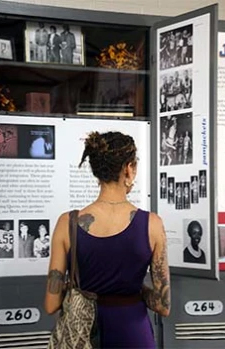
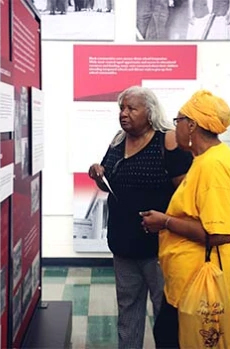 At the new P.S. Jones Museum of African-American Education, guests are taught about the evolution of education for Black students locally and statewide. Guests can learn about African-American schools that existed in Beaufort County from 1868 to 1969 by reading about P.S. Jones High School as well as its feeder schools. The displays focus on a progression toward equal education in North Carolina. A state-of-the-art museum has been a passion project of the association for many years, Alice Mills-Sadler said. Sadler is a graduate of P.S. Jones High School and is the museum’s curator.
At the new P.S. Jones Museum of African-American Education, guests are taught about the evolution of education for Black students locally and statewide. Guests can learn about African-American schools that existed in Beaufort County from 1868 to 1969 by reading about P.S. Jones High School as well as its feeder schools. The displays focus on a progression toward equal education in North Carolina. A state-of-the-art museum has been a passion project of the association for many years, Alice Mills-Sadler said. Sadler is a graduate of P.S. Jones High School and is the museum’s curator.
“The alumni association has been waiting slowly, slowly at a snail’s pace waiting for an opportunity to share all the memories, to share the history of education in general to the community. This day – this is it. It’s awesome,” Sadler said.
In Sadler’s opinion, the two most important pieces in the museum are the Rosenwald display and the display about John Small. The Rosenwald display shows what a typical, rural classroom would have looked like in the 1920s and 30s. Sadler said the display illustrates the “bare bones” of a struggle for equal education between Black and white students.

In the early 20th century, Julius Rosenwald, president of Sears, Roebuck, and Co., worked to establish schools in the rural South for African-American students. He created a fund that gave architectural plans and matching grants which helped build thousands of schools across the South between 1910 and 1932. In North Carolina, there were over 800 projects, according to the North Carolina Department of Cultural and Natural Resources.
The second display features efforts made by John H. Small, a Washington native who was instrumental in improving public education in Washington. He served as county superintendent of public instruction in Beaufort County from 1881 to 1885. He was also a member of the first board of education, started in 1897 and included three African-American members – A.J. Brown, W.A. Bridges, and Bryant Moore, according to the P.S. Jones Museum. Small helped to establish the first public school that was funded through private contributions for two years.

 “He worked diligently to try to get free education for all impoverished children,” Sadler said.
“He worked diligently to try to get free education for all impoverished children,” Sadler said.
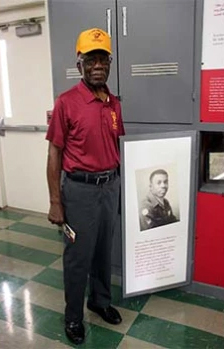
Archie Harding, a 1951 graduate of P.S. Jones High School, said the museum was once an “idea that has blossomed.” The proud alumnus echoed Sadler’s comments saying the Rosenwald display is a must-see in the museum. Harding attended a Rosenwald school before transferring to P.S. Jones. He would like to see the museum become a popular destination for people across the country so more young people will learn about how their grandparents were educated.
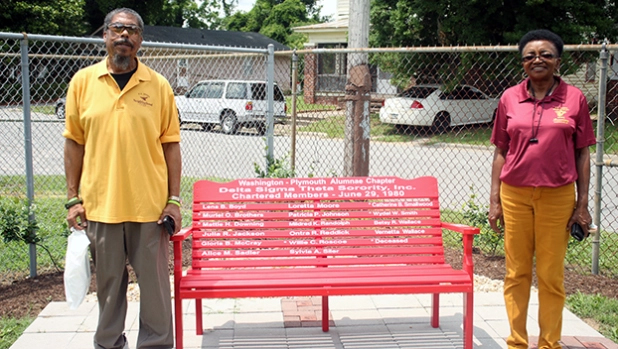
Hope Keyes, of Washington, is “excited” that the P.S. Jones Museum is open. She attended P.S. Jones for her eighth-grade year; however, she began high school at Washington High School. Her husband, Clarence, attended P.S. Jones High School and was a member of the last graduating class before Black and white schools integrated. Keyes believes people should tour the museum, because then “they could learn the history of how Black folks went to school when they went to school, different schools they went to.” She added that she learned a lot while touring the museum on Saturday.
This article first appeared in the Washington Daily News. Photos by Holly Jackson.


